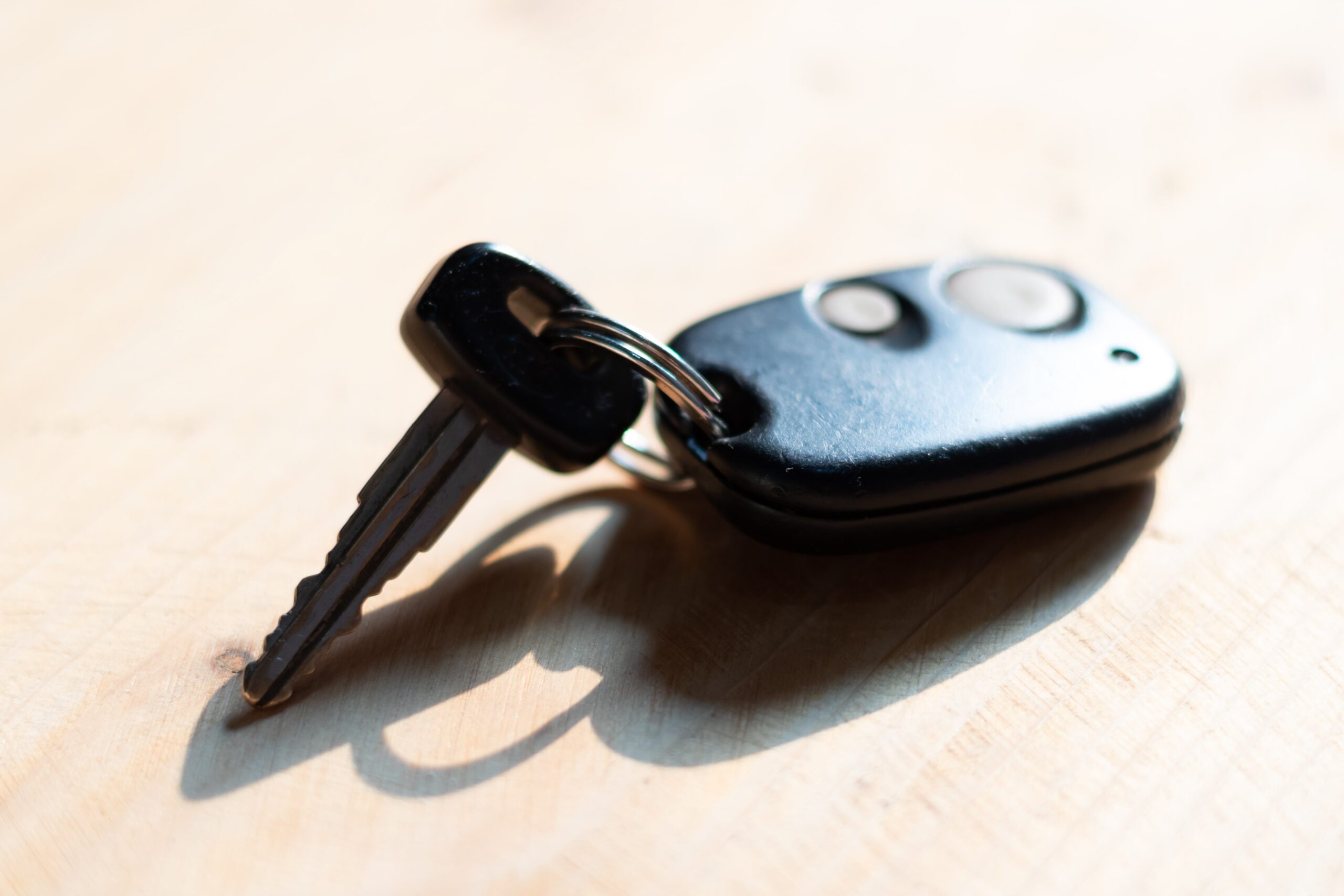Why Everyone Is Talking About Reprogram Car Key Right Now
Reprogramming a Car Key: A Comprehensive Guide
Car keys have actually progressed significantly throughout the years, transitioning from easy mechanical keys to sophisticated electronic devices integrated with sophisticated security features. Among the important abilities every car owner should possess is the ability to reprogram their car key, whether due to loss, breakdown, or simply upgrading to a more recent design. This article digs into the reprogramming process, discussing its importance, the steps included, and dealing with often asked concerns concerning car key reprogramming.
Comprehending Car Key Technology
Before checking out how to reprogram a car key, it is vital to comprehend the different types of car keys readily available today.
Types of Car Keys
- Standard Mechanical Keys: Simple metal keys that have no electronic parts.
- Transponder Keys: These contain a chip that interacts with the car's ignition system to avoid theft.
- Remote Keys: Often geared up with locks, unlocks, and panic buttons, these keys permit range access to the vehicle.
- Smart Keys: Advanced technology allows these keys to begin the engine without physical insertion into the ignition system and often consist of functions like keyless entry.
Why Reprogram a Car Key?
There are a number of circumstances in which a car owner might need their key to be reprogrammed:
- Loss of Keys: When keys are lost and require to be replaced, programming is needed to ensure the new key works with the vehicle.
- Malfunctioning Key: Sometimes keys stop working due to battery failure or damage.
- Buying a Used Car: To boost security, reprogramming makes sure that just the brand-new owner has access to the vehicle.
- Including New Keys: For families or car-sharing scenarios, programming extra keys for licensed users is necessary.
Actions to Reprogram a Car Key
Reprogramming a car key varies by maker, model, and year, however numerous general actions can be followed to accomplish this job. Below is an informative summary of what the reprogramming procedure may include:
Step-by-Step Guide
Action 1: Gather Necessary Materials
- The car's original key (if offered)
- The new key that needs reprogramming
- Owner's handbook (for specific directions)
- A working car battery to prevent disturbances
Step 2: Locate the OBD II Port
The On-Board Diagnostics (OBD II) port is generally located under the dashboard near the driver's seat. This port is vital for linking diagnostic tools and is sometimes used for key programming.
Action 3: Insert the Key into the Ignition
Insert the original key into the ignition and turn it to the “ON” position. However, do not begin the engine yet. This action frequently activates the vehicle's computer systems.
Step 4: Use the Reprogramming Tool (if required)
In some cases, car owners may require to use an OBD II key programming tool connected to the OBD II port. Follow the on-screen prompts to input information about the vehicle.
Step 5: Follow the Specific Programming Procedure
Seek advice from the owner's handbook or look online for particular programming instructions for your vehicle's make and design. Typical techniques frequently include turning the new key in the ignition a particular variety of times or pressing buttons on the remote.
Step 6: Test the New Key
Once the key has been programmed, test it to guarantee it works effectively. Check functions like locking, unlocking, and starting the engine.
Action 7: Erase Old Keys (if necessary)
For security factors, some designs permit for the erasure of old keys from the car's memory, making sure that they are no longer practical.
Table 1: Key Reprogramming Instructions by Vehicle Type
Vehicle Type
Direction Type
Programming Method
Ford
Use a key fob
Turn the key to “ON” 8 times
Chevrolet
Transponder key
Cycle ignition 5 times
Honda
Remote key
Place key, press lock 4 times
Toyota
Smart key
Use a remote starter tool
Repairing Common Issues
While reprogramming a key can typically be uncomplicated, particular issues can make complex the process. Here are some common issues car owners may encounter:
- Key Not Recognized: Ensure the brand-new key works with the vehicle.
- Battery Issues: A dead key fob battery can avoid successful programming.
- Faulty Key Fob: Physical damage to the key fob might hinder performance.
Regularly Asked Questions (FAQs)
Q1: Can I reprogram my car key myself?
Yes, lots of automobiles allow owners to reprogram the key themselves, but the procedure differs by make and design.
Q2: What tools do I need for reprogramming?
Normally, you require the initial key, the new key, and possibly an OBD II key programming tool for certain modern-day lorries.
Q3: Is it required to visit a dealership for key reprogramming?
Not always. While dealers can reprogram keys, some designs permit DIY programming. Checking Deneen Fersner is recommended.
Q4: How much does it cost to have a key reprogrammed?
The rate differs widely, with car dealership services ranging from ₤ 50 to ₤ 250, while regional locksmiths might charge less.
Reprogramming a car key is an essential skill that can save car owners money and time. With a basic understanding of key types, clear programming actions, and handy troubleshooting suggestions, vehicle owners can with confidence handle their car key issues. By understanding when to look for expert assistance and understanding the requirements of their particular key type, people can preserve the security and performance of their vehicle for several years to come.
